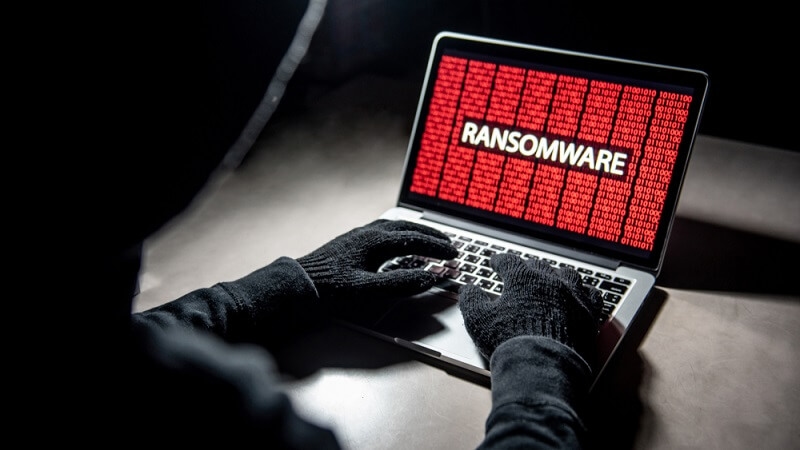
Ransomware remains one of the most dangerous threats to organizations of all sizes. In 2025, the threat landscape continues to be more sophisticated, and cybercriminals are utilizing more advanced tactics to extort data and disrupt operations. For business owners and IT decision makers, understanding how to protect your business from ransomware attacks in 2025 is not just an IT issue but a business issue.
In this comprehensive guide, we will review the best practices for ransomware protection, backup strategies, preparations to resume business after ransomware, and case studies of real-world ransomware cases in the USA to know what worked and what didn’t.
Ransomware is malware that encrypts your company's data or locks down access to operational systems. The attacker then demands payment for a decryption key or access return, generally in cryptocurrency.
With businesses increasingly relying on digital technologies and data in real time, your business is vulnerable because of major operational interruptions, which can be catastrophic. There are only three strategies available: prevention, preparation, and resilience.

Knowing how ransomware enters your systems is the first step to ransomware protection.
You are better poised to develop and enact clever ransomware protection strategies by identifying the weak points above.
Let's take a look at the proactive measures every business can take to prevent ransomware from taking hold.
Modern ransomware protection software uses behavior analysis, artificial intelligence, and real-time detection to stop potentially damaging behavior before it can infect your network.
Things to look for:
Investing in innovative software is a foundation for modern ransomware defense.
Flawed or stolen passwords will continue to be a significant reason for successful ransomware breaches. Implementing MFA to add an extra layer of verification to every user login makes it considerably more difficult for ransomware to infiltrate your systems.
Implement MFA on:
Human error is the weakest link in any cybersecurity plan. A well-informed staff can prevent most phishing attempts and suspicious downloads.
Training topics should include:
Quarterly refreshers help maintain awareness and reinforce good habits.
If ransomware does slip through, your last line of defense is having safe, accessible backups.
This approach ensures you can always recover data, even if your central systems are compromised.
Automated backups reduce human error. Testing those backups ensures they can be restored quickly in a crisis.
Include:
Reliable backup strategies directly support business continuity after ransomware.
A response plan defines your team's steps when an attack occurs. This minimizes panic and speeds up recovery.
Please practice this plan through tabletop exercises. When every second counts, clarity and speed matter.
If you are the victim of an attack, ransomware recovery tools can help you decrypt files or restore systems without paying the ransom.
However, not all ransomware can be decrypted, so prevention and backup strategies remain your most vigorous defense.
Network segmentation and strong perimeter defenses can slow down or isolate ransomware attacks.
For businesses using cloud services, please ensure your provider includes built-in ransomware protection and supports encrypted backups.
Studying ransomware case studies in the USA helps highlight both vulnerabilities and effective responses.
Case studies reinforce the value of layered security and continuous monitoring.
Getting back to business after an attack requires more than restoring files. A proper business continuity plan after ransomware includes:
Preparing for post-attack operations limits long-term damage and restores stakeholder confidence.
Failure to protect sensitive data—especially client, medical, or financial information—can lead to legal trouble and fines.
Compliance requirements may include:
Please work with legal advisors and cybersecurity insurers to ensure your ransomware defenses and response plans comply.
More businesses are turning to cybersecurity insurance to help manage the financial risks of ransomware attacks.
Insurance is a safety net—not a substitute—for strong ransomware protection practices.
Ransomware threats in 2025 require a proactive approach. With ransomware prevention software, backup methods, and employee training, businesses can significantly reduce risk. If you study ransomware case studies in the USA and have ransomware recovery tools on standby, you are less likely ever to need them.
Don’t wait for an attack! Start strengthening your barriers today!
This content was created by AI